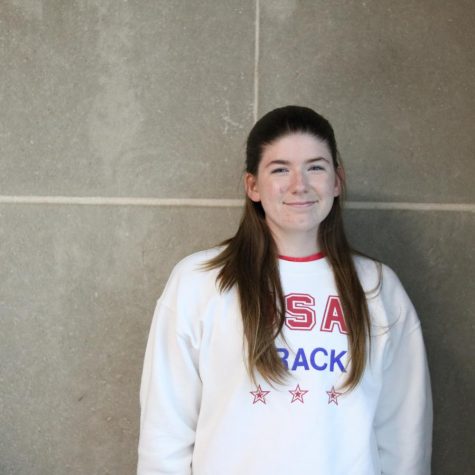Naperville’s obsession with brands
September 29, 2019
The Nike swoosh. The Lululemon silver circle. The Vans skateboard. The Adidas stripes. Walking through the hallways of Naperville Central, it’s hard not to notice these ubiquitous logos plastered on many students’ clothing. The popularity of certain brands at the school raises the question: what draws teenagers to them in the first place?
As it turns out, the allure of these brands extends far beyond the walls of Naperville Central. In fact, according to a spring 2019 Piper Jaffray survey, the aforementioned brands are ranked as some of the top Gen Z brands of the year nationwide. These brands all seem to have one thing in common: a targeted marketing strategy that successfully appeals to teens.
In a Forbes Magazine interview, Joe Cardador, PhD, and VP of consumer intelligence at Barkley, explained that Gen Z currently accounts for up to $143 billion in direct spending in the US, and is on track to become the largest generation of consumers by 2020. As such, brand name companies are investing an increasing amount of resources into finding the most effective ways to market to teens.
In the Piper Jaffray survey, 70% of the 8,600 teen respondents said Instagram was their preferred method of brand engagement. Just under 50% of respondents said that Snapchat was their second preferred method of engagement. Thus, companies targeting teens use these apps as primary advertising channels for their brands.
Junior Martina Ruiz explains that social media is the main thing that motivates her to buy new items.
“I really like the brand Lululemon, which I mainly get ads about on Instagram,” she said. “Sometimes if I browse on the website I’ll find things that I like but I won’t buy them in that instant. Later, on my Instagram feed, those same items will be in my ads and I will remember that I wanted to get them, so I’ll be more likely to actually make that purchase.”
Data also shows that brands backed by celebrity figures and social media influencers are more likely to attract teens. Junior Maya Mikos explains that seeing popular celebrity figure’s posts while wearing certain brands makes them increasingly desirable for her.
“I am even more likely to buy something if I see celebrities or social media influencers like the MacDonald sisters wearing the same brands,” Mikos said.
Companies also often use social media to appeal to the emotional insecurities that are common among adolescents, namely the desire to fit in. As described in a University of Arkansas study by marketing major Moriah Houser, the tendency to use fashion to try and fit in can often lead to teens losing their own original style and expressions. Though many teens reported feeling like they had a unique fashion sense in the study, the clothing in their closets — full of popular items and brands — proved otherwise.
Junior Iva Glogovac explains how she sees this same phenomenon at Naperville Central when she sees people wearing what she calls “identical clothing.”
“I am not a big brand wearer myself, but I see it all around me, Glogovac said. “There are a lot of people who don’t care about whether something is $1000. If everyone is wearing it and it is what is popular, they are going to buy it. And then you get a school with everyone wearing identical clothing. Forget the price. Forget the quality. It’s about fitting in.”
The popularity of certain brands in the halls of Naperville Central is less about the quality and features of the items themselves, and more about the way these brands target teens. These companies, among others, have been successful by targeting teens through social media and appealing to their need to fit in with their peers.










The Curmudgeon • Sep 30, 2019 at 10:24 am
Interesting comment, toward the end of the piece, “And then you get a school with everyone wearing identical clothing. Forget the price. Forget the quality. It’s about fitting in.”
School uniforms would seem a lower cost, universally applicable resolution for students of ALL socio-economic backgrounds. I know this would NEVER fly in the land of conspicuous consumptionville, but it would balance the playing field… The individual’s drive for societal conformity would be met, all of us wear the same clothing,ergo, we all fit in (at least on an initial appearance level).
Your actual lmileage may vary.